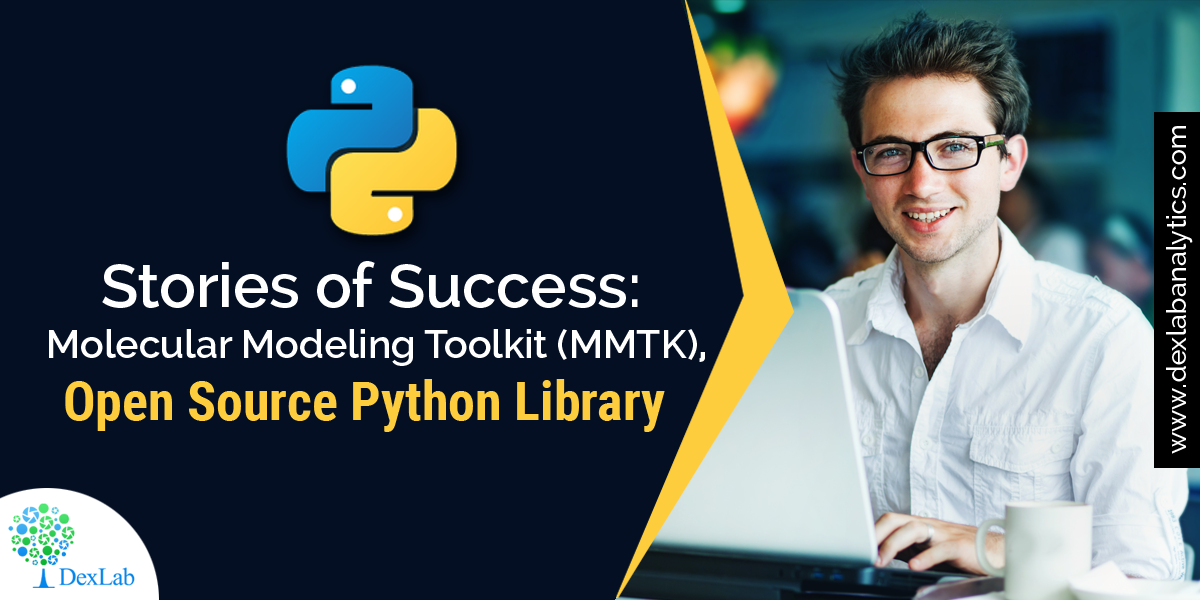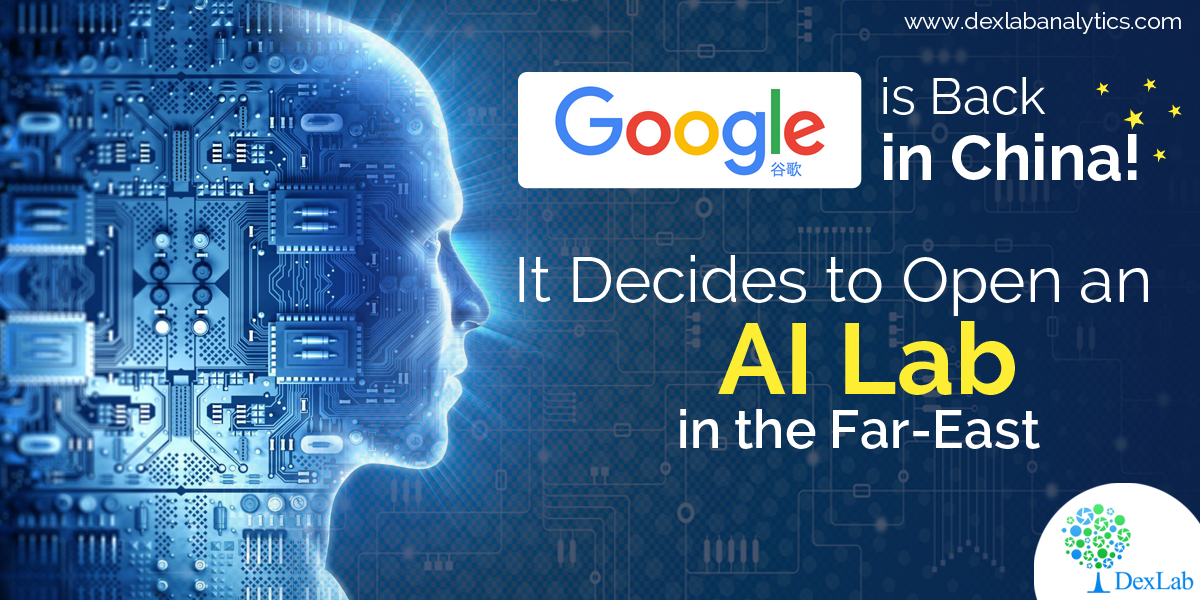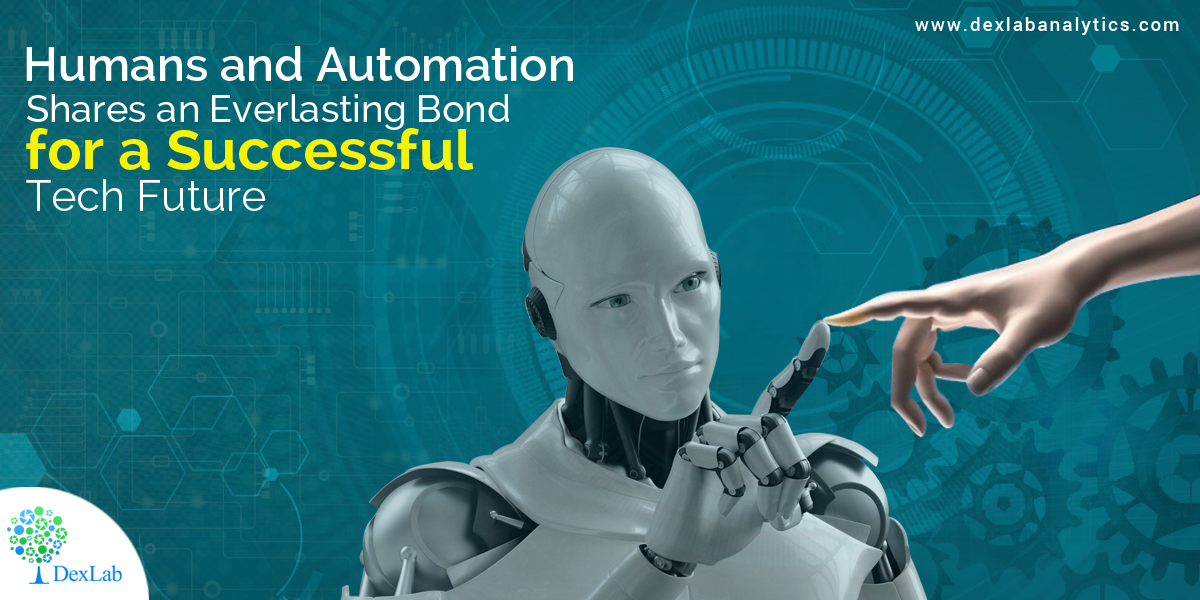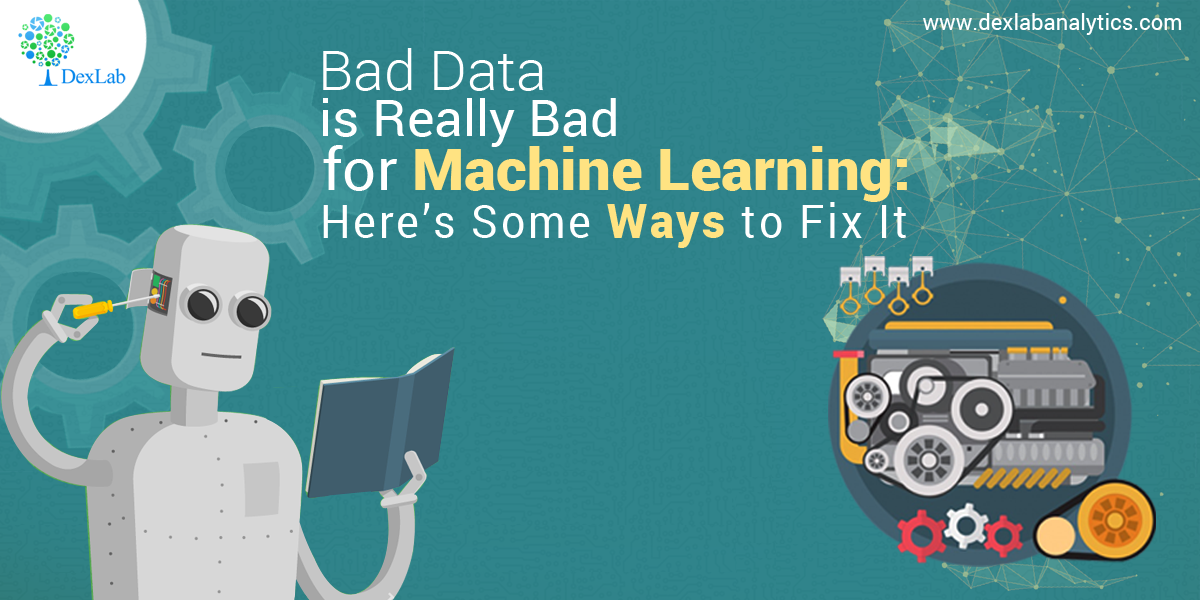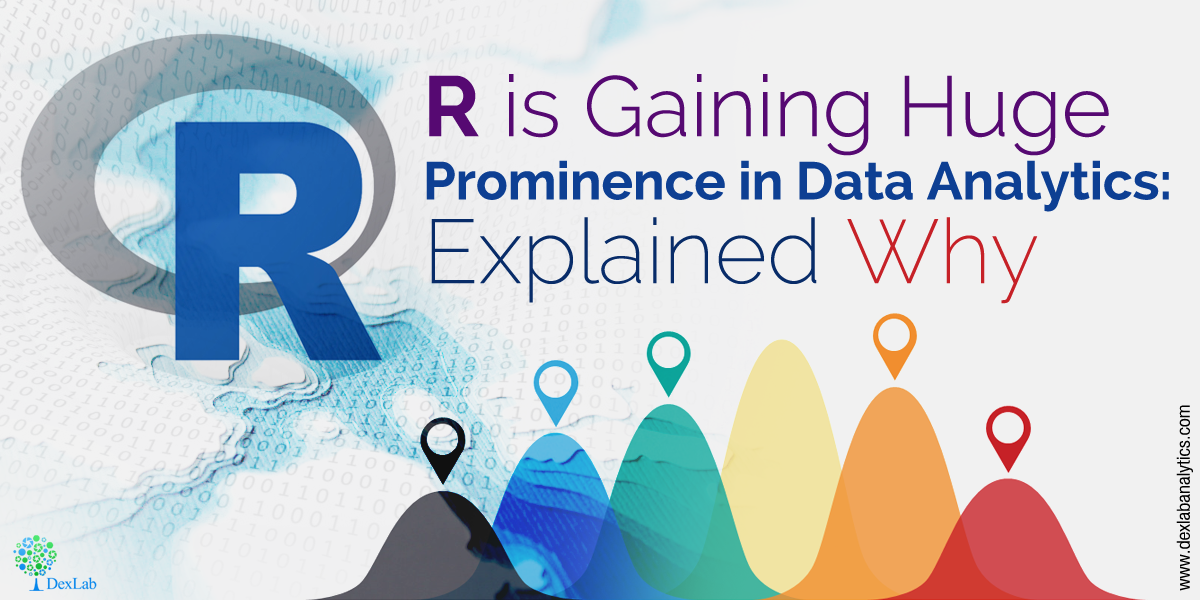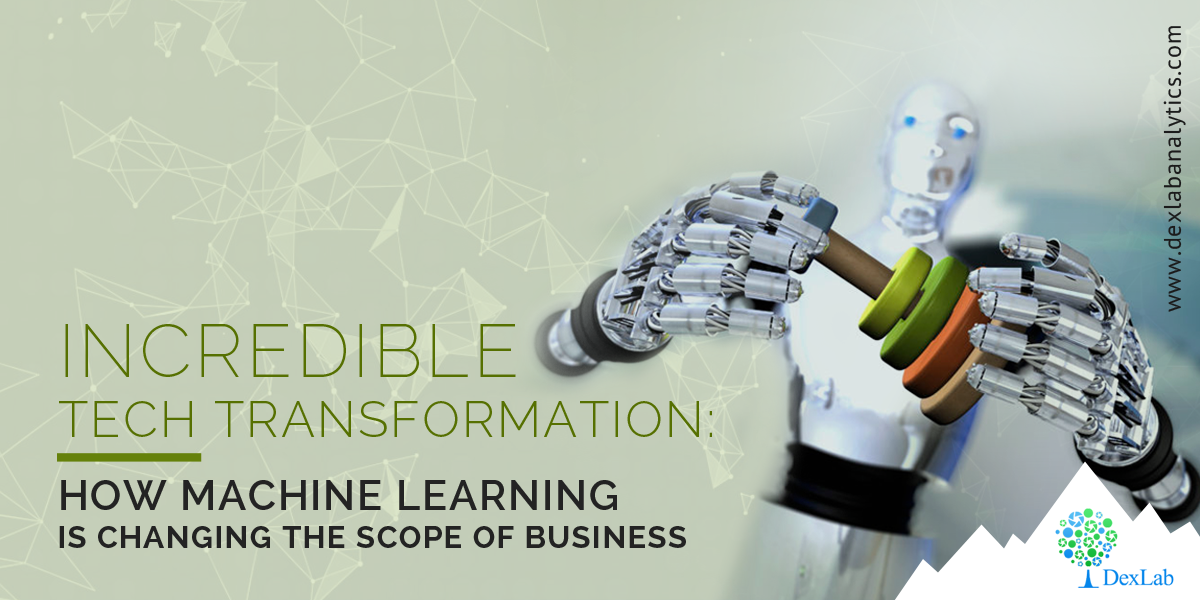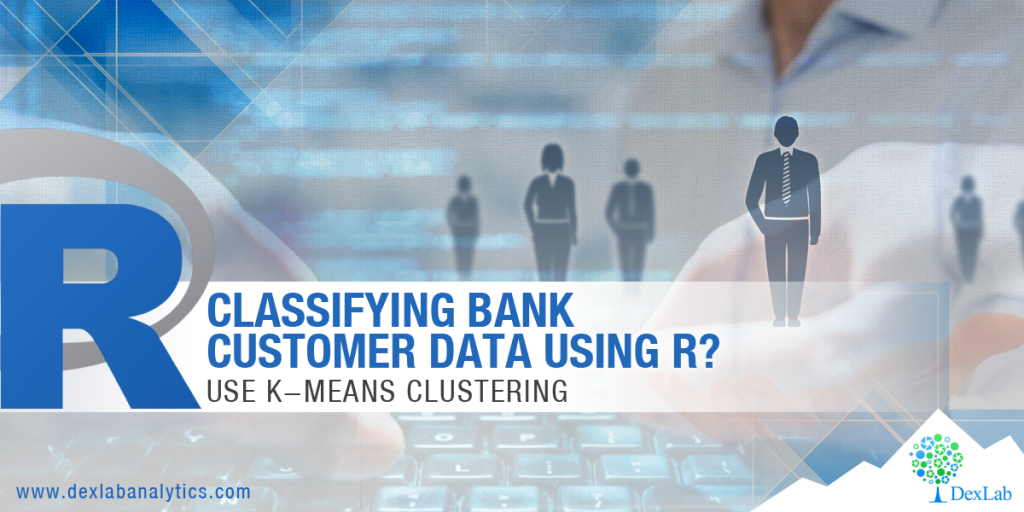Amid growing anxiety over machines replacing human intelligence, Indian IT sector is seeking out expert skills in new technologies, involving big data, artificial intelligence and machine learning. There exists a high demand for skills in such newer streams of technology, which now forms the backbone of businesses. It’s not like these jobs appeared out of thin air; after being labeled as “niche skills” for several years, they are now making their way into the mainstream industry.
This year, this trend is going to gain more momentum. It is expected to create 180000 to 200000 new jobs in 2018, mostly related to these new technologies – Alka Dhingra, the general manager of IT staffing at TeamLease Services, stated. It is equally applicable for both large service organizations as well as budding startups.
The Hot-List:
Here’re the notable areas, where job creation will hit in 2018:
Artificial Intelligence
Almost all Indian IT bigwigs are going gaga over AI. TCS, Infosys, Flipkart – nearly all native companies have started delving deeper into data to scale up their business operations and secure success in the future.
Though the world is being ruled by MACHINES, at the same time it’s HUMANS who train machines the way they function to perform human-like tasks. For that reason, the country’s IT unicorn, Tata Consultancy Services has trained more than 200000 employees about IoT and AI. Also, last month, India’s e-commerce giant, Flipkart launched an AI-inspired initiative known as AI for India, through which it has planned to leverage all the data it has gathered over the last few years to frame robust AI-driven solutions that will boost their operational activities further. Millions of dollars are being invested in this program – a company representative shared.
All this is going to need professionals skilled in the domains of deep learning, natural language processing and machine learning – look up to DexLab Analytics for data science online courses.
Data Science
For several years, native internet companies have been accumulating massive consumer data, which they now plan to mine it to their best interests. Just like Flipkart’s AI for India initiative, food-delivery-tech startup Swiggy is also working hard on its consumer data so that it can start making deliveries even more efficient and faster.
Some HR experts say that pharmacy analytics – an amalgamation of healthcare and analytics will also generate several new jobs for data scientists this new year– at present, machine learning, data analytics and data scientists’ jobs are the most searched jobs on all leading job portals in India.
Blockchain Technology
While bitcoin and cryptocurrency takes the world by storm, top-notch market specialists predict this advanced field of technology is going to create an exploding number of jobs. Cryptocurrency has already started drawing in a large pool of Indian investors, and legal experts are now asking for regulations.
“There could be regulations (for bitcoin) coming, and hence somebody who knows the subject is going to be in demand,” Aditya Narayan Mishra, CEO of CIEL HR Services, said.
Digital Marketing
Digital technologies are now omnipotent. All startups and matured companies across every domain are adopting suave digital solutions for various functions, like HR, manufacturing, operations, warehousing and communications. In the same manner, marketing too is not limited to its erstwhile conventional mediums; digital marketing is the new talk of the town.
“With more companies in India wanting to increase their digital presence, there is a visible surge in job searches for digital marketing jobs,” Sashi Kumar, the managing director of jobs portal Indeed India, said.
To learn more about how machine learning and artificial intelligence can help transform your business, enroll in a machine learning training course. DexLab Analytics’ Machine Learning Using Python course is superb; it helps students grasp the concepts better.
Interested in a career in Data Analyst?
To learn more about Data Analyst with Advanced excel course – Enrol Now.
To learn more about Data Analyst with R Course – Enrol Now.
To learn more about Big Data Course – Enrol Now.To learn more about Machine Learning Using Python and Spark – Enrol Now.
To learn more about Data Analyst with SAS Course – Enrol Now.
To learn more about Data Analyst with Apache Spark Course – Enrol Now.
To learn more about Data Analyst with Market Risk Analytics and Modelling Course – Enrol Now.



